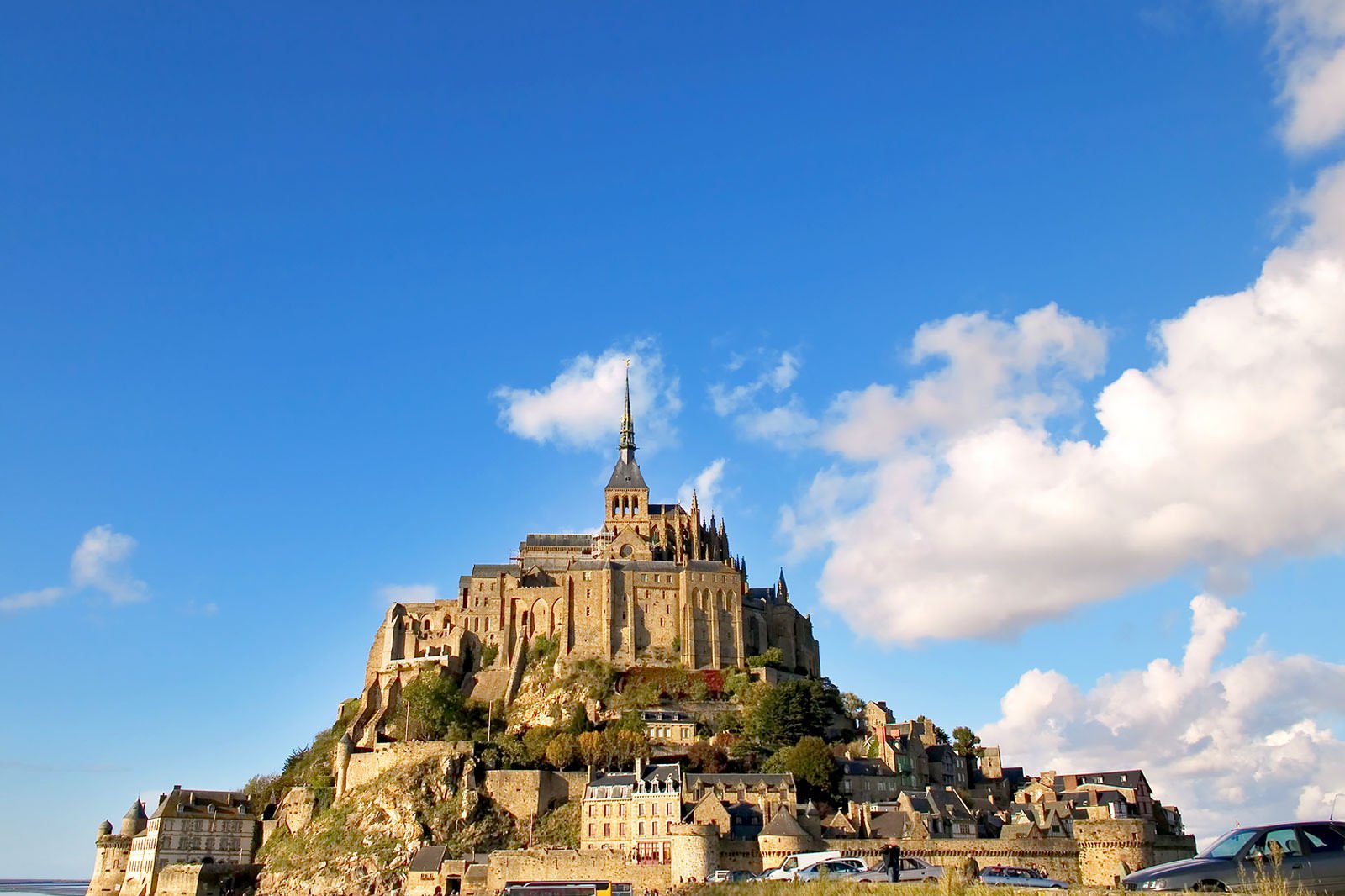France is home to an incredible number of UNESCO World Heritage Sites, each one boasting a rich cultural and historical significance. From the enchanting palace of Versailles to the iconic Mont Saint-Michel, these sites offer visitors a chance to step into the past and explore the wonders of France’s diverse heritage. Whether you’re drawn to the stunning architecture of the Chartres Cathedral or the prehistoric caves of Lascaux, France’s UNESCO World Heritage Sites promise an unforgettable journey through centuries of history and beauty.
1. Overview
France is well-known for its rich cultural and natural heritage, and it has made significant contributions to the UNESCO World Heritage Sites list. These sites are recognized for their outstanding value to humanity and serve as a testament to the country’s historical, cultural, and natural significance. From historical sites to cultural landmarks and natural wonders, France boasts an impressive array of World Heritage Sites that attract millions of visitors each year.
1.1 Background on UNESCO World Heritage Sites
The UNESCO World Heritage Sites program was established in 1972 with the aim of identifying, protecting, and preserving sites of exceptional universal value. These sites could be either cultural, natural, or mixed properties that exhibit outstanding universal significance. The program encourages international cooperation in preserving these sites for future generations and promoting global understanding and appreciation of cultural and natural diversity.
1.2 Importance of UNESCO World Heritage Sites
UNESCO World Heritage Sites hold immense importance as they represent the shared heritage of humanity. These sites are not only iconic landmarks but also serve as a symbol of cultural identity, historical achievements, and natural wonders. They provide insight into the civilizations of the past, allowing us to understand and appreciate the diversity and creativity of human societies. Additionally, World Heritage Sites contribute significantly to the economies of the countries that host them by attracting tourists from around the world.
1.3 France’s Contribution to UNESCO World Heritage Sites
France has made significant contributions to the UNESCO World Heritage Sites list. With a total of 48 sites, it ranks among the countries with the highest number of inscribed sites. These sites encompass a wide range of categories, including historical, cultural, natural, and mixed properties. France’s commitment to preserving its heritage and cultural treasures has led to the inclusion of iconic landmarks such as the Palace and Park of Versailles, Mont-Saint-Michel, Carcassonne, and the historic center of Avignon.
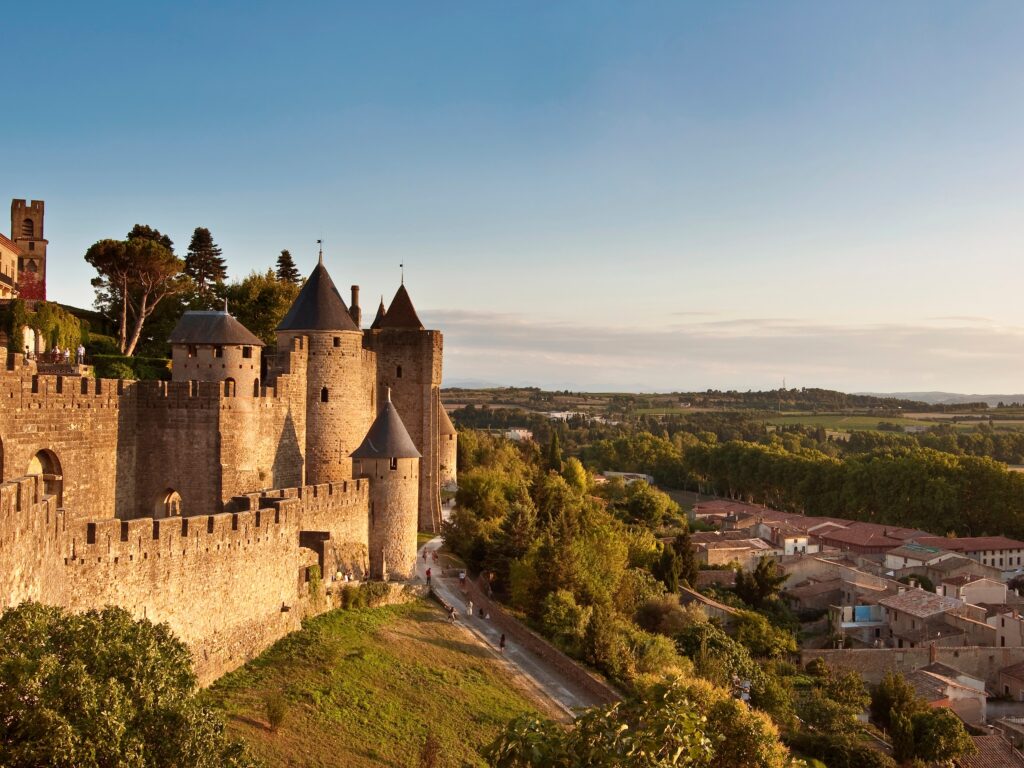
2. Historical Sites
France is home to a plethora of historical sites that bear witness to its rich and diverse history. These sites provide a glimpse into different periods and architectural styles, showcasing the country’s cultural heritage.
2.1 Mont-Saint-Michel
Located on a rocky island in Normandy, Mont-Saint-Michel is one of France’s most iconic landmarks. This medieval abbey attracts millions of visitors each year who are captivated by its architectural beauty and stunning setting. With its narrow streets, fortified walls, and gothic splendor, Mont-Saint-Michel offers a journey back in time, immersing you in the rich history of the Middle Ages.
2.2 Palace and Park of Versailles
The Palace and Park of Versailles is synonymous with opulence and grandeur. This former royal residence, located in the Île-de-France region, is a testament to the extravagance of the French monarchy. The Palace, with its Hall of Mirrors and lavish apartments, is a masterpiece of Baroque architecture. The vast gardens, designed by André Le Nôtre, are a harmonious combination of nature and artistry, featuring meticulously manicured lawns, fountains, and statues.
2.3 Chartres Cathedral
Chartres Cathedral, located in the city of Chartres in the north of France, is a masterpiece of Gothic architecture. Built in the 13th century, this cathedral is renowned for its stained glass windows, particularly the Blue Virgin window. The intricate sculptures adorning its façade and the crypt containing relics make it a site of immense religious and historical significance.
2.4 Vézelay, Church and Hill
Vézelay, a small village in Burgundy, is home to a Romanesque church perched on a hilltop overlooking the surrounding countryside. The Church of Sainte-Marie-Madeleine is an architectural marvel, renowned for its sculptural details and harmonious proportions. Its historical and religious importance, combined with its picturesque setting, makes Vézelay a must-visit destination.
2.5 Prehistoric Sites and Decorated Caves of the Vézère Valley
The Vézère Valley in southwestern France is a treasure trove of prehistoric sites and decorated caves. These sites provide invaluable insights into the lives of our early ancestors and the development of human civilization. The Lascaux Cave, with its intricate cave paintings dating back thousands of years, is a major highlight of this UNESCO World Heritage Site.
2.6 Decorated Grottoes of the Vézère Valley
In addition to the prehistoric sites, the Vézère Valley is also home to decorated grottoes, which offer a glimpse into the artistic expression of our ancient ancestors. The Grotte de Rouffignac, for example, features more than 250 animal engravings and is a stunning testament to the creativity and skill of early humans.
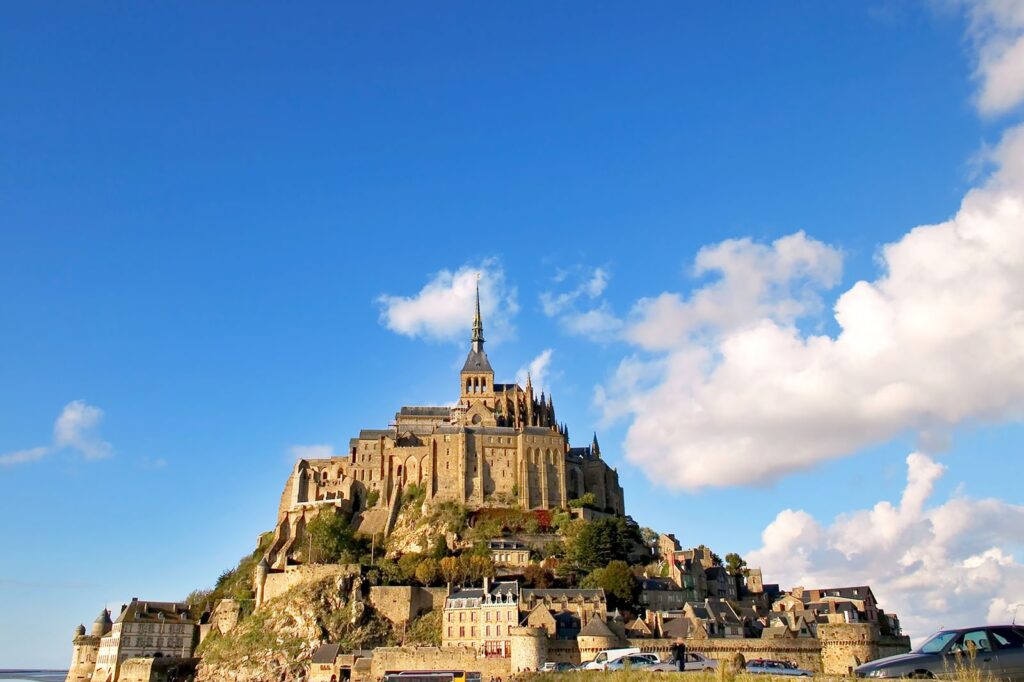
3. Cultural Sites
France’s cultural sites span a wide range of architectural styles, historical periods, and artistic achievements. From charming towns and cities to religious and industrial heritage, these sites showcase the diverse cultural heritage of the country.
3.1 Historic Centre of Avignon: Papal Palace, Episcopal Ensemble, and Avignon Bridge
Avignon, located in the Provence region, was once the seat of the papacy in the 14th century. The Historic Centre of Avignon, comprising the Papal Palace, Episcopal Ensemble, and Avignon Bridge, is a testimony to the city’s rich history. The Papal Palace, a fortified palace complex, is an architectural marvel and a symbol of the power and influence of the Catholic Church during the medieval period.
3.2 Historic Site of Lyons
Lyons, the third-largest city in France, is renowned for its rich history and architectural heritage. The Historic Site of Lyons, with its well-preserved Renaissance buildings, ancient ruins, and Roman theaters, offers a captivating journey through time. The city’s unique blend of Roman, Medieval, and Renaissance influences has earned it a place on the UNESCO World Heritage List.
3.3 Routes of Santiago de Compostela in France
The Routes of Santiago de Compostela in France are part of the pilgrimage routes to the tomb of Saint James the Great in Santiago de Compostela, Spain. These routes, with their medieval churches, sanctuaries, and historic towns along the way, provide pilgrims and visitors with a profound spiritual and cultural experience.
3.4 Belfries of Belgium and France
The Belfries of Belgium and France, a transnational UNESCO World Heritage Site, signifies the importance of the belfry as a symbol of civic power and expression of urban life. These majestic structures, found in various cities across France, including Lille and Arras, are not only architectural marvels but also serve as markers of historical significance.
3.5 Jurisdiction of Saint-Emilion
The Jurisdiction of Saint-Emilion, located in the Bordeaux wine region, is an exceptional cultural landscape that reflects the historic and ongoing wine-producing activities of the region. This site is characterized by the striking architecture of the medieval village, the vineyards, and the underground cellars that store the renowned wines produced in the area.
3.6 The Loire Valley between Sully-sur-Loire and Chalonnes
The Loire Valley, often referred to as the “Garden of France,” is renowned for its breathtaking landscapes and architectural gems. The stretch between Sully-sur-Loire and Chalonnes is dotted with magnificent châteaux, picturesque towns, and lush vineyards, making it a UNESCO World Heritage Site. The Château de Chambord, Château de Blois, and Château d’Amboise are among the most stunning examples of Renaissance architecture in the region.
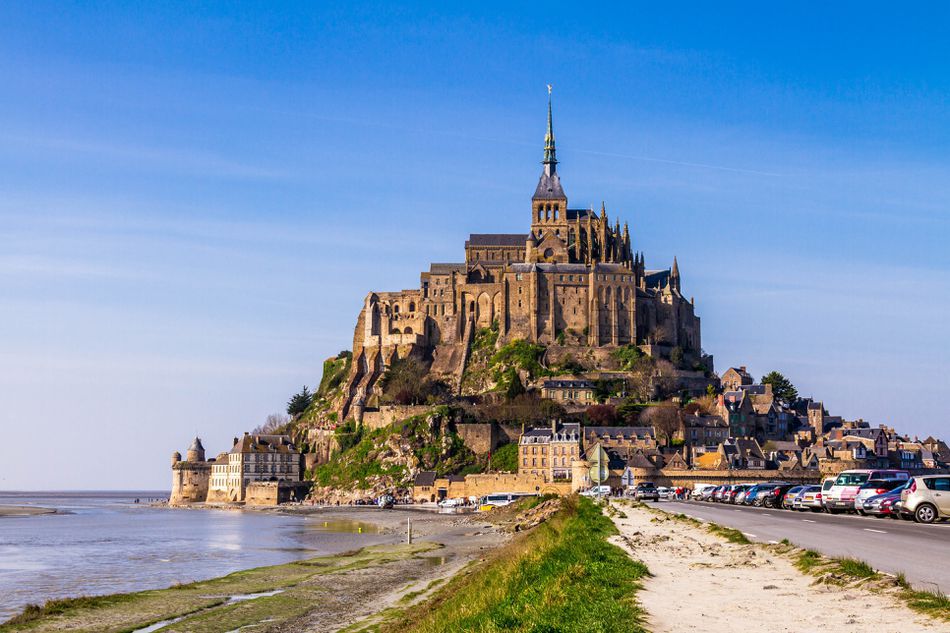
4. Natural Sites
France’s natural sites are characterized by their exceptional beauty, biodiversity, and ecological significance. These sites offer visitors the opportunity to reconnect with nature and witness the remarkable wonders of the natural world.
4.1 Pyrénées – Mont Perdu
Situated on the border between France and Spain, the Pyrénées – Mont Perdu is a stunning mountainous landscape that showcases the geological and ecological diversity of the region. From majestic peaks to deep canyons and lush valleys, this natural site is a paradise for outdoor enthusiasts, offering opportunities for hiking, wildlife spotting, and breathtaking views.
4.2 Gulf of Porto: Calanche of Piana, Gulf of Girolata, Scandola Reserve
The Gulf of Porto, located in Corsica, is a remarkable natural site that encompasses the Calanche of Piana, the Gulf of Girolata, and the Scandola Nature Reserve. The Calanche of Piana is a collection of dramatic red granite cliffs that rise from the turquoise waters, creating a surreal and awe-inspiring landscape. The Scandola Nature Reserve, with its rugged coastline, caves, and diverse marine life, is a haven for nature lovers and provides essential protection for endangered species.
4.3 Prehistoric Pile dwellings around the Alps
The Prehistoric Pile dwellings around the Alps are an exceptional archaeological site that provides insight into the daily lives of prehistoric communities. These pile dwellings, built on wooden stilts, were inhabited by Neolithic and Bronze Age peoples and are located in various regions surrounding the Alps, including Switzerland, Italy, Austria, Germany, and France. The site offers a unique glimpse into the cultural, technological, and social advancements of these early societies.
4.4 The Causses and the Cévennes, Mediterranean agro-pastoral Cultural Landscape
The Causses and the Cévennes, located in the south of France, is a cultural landscape shaped by the centuries-old practice of agro-pastoralism. This unique and harmonious interaction between human communities and the natural environment has resulted in the creation of terraced fields, stone structures, and traditional farming techniques. The Causses and the Cévennes illustrate the resilience and adaptability of human societies in sustainable land management.
4.5 Nord-Pas de Calais Mining Basin
The Nord-Pas de Calais Mining Basin, situated in northern France, is a former coal-mining region that has been transformed into a stunning landscape. The remnants of the mining industry, including slag heaps, pitheads, and workers’ housing, bear witness to the area’s industrial heritage. This site is a testament to the human ingenuity and the ability to regenerate and transform landscapes.
4.6 Decorated Grottoes of the Ariège
In the Ariège department of southern France, the Decorated Grottoes of the Ariège offer a unique glimpse into prehistoric art. These caves are adorned with stunning paintings, engravings, and sculptures created by our ancient ancestors. The intricate and sophisticated artwork provides valuable insights into the cultural and artistic expressions of Paleolithic societies.
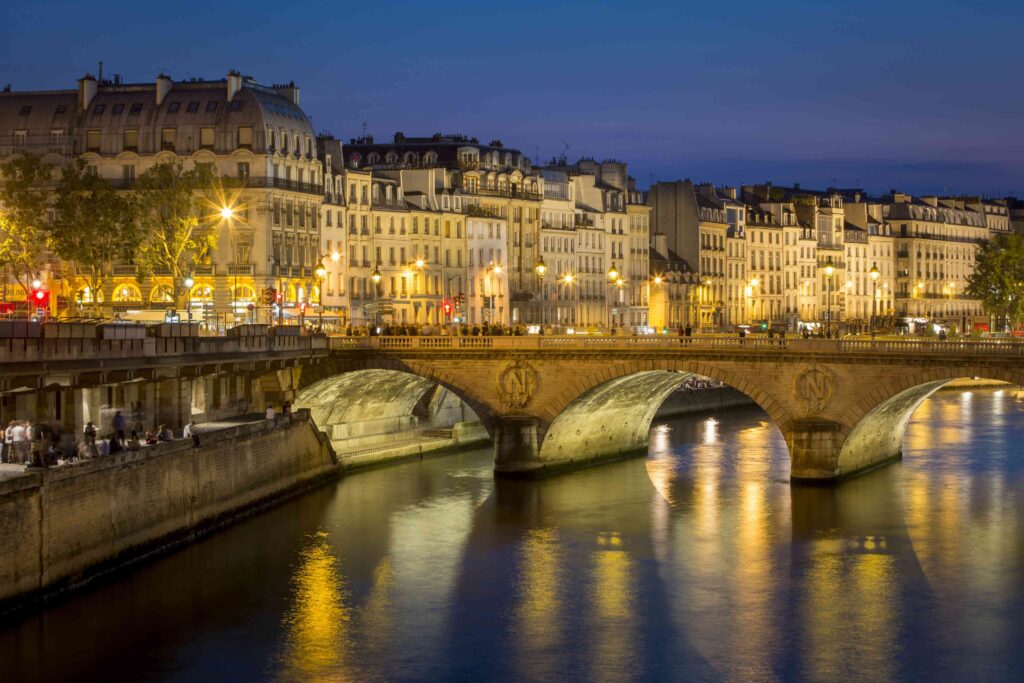
5. Mixed Sites
France is home to several mixed sites, which combine elements of both cultural and natural heritage. These sites represent the harmonious interaction between humans and the natural environment and provide a holistic understanding of the country’s cultural and natural diversity.
5.1 Historic Fortified City of Carcassonne
Carcassonne, a fortified city in the Occitanie region, is a prime example of a medieval fortress. Its impressive defensive walls and towers, along with its medieval city center, transport visitors back in time to the Middle Ages. The restoration and preservation efforts have ensured that Carcassonne remains a remarkable testimonial to the military architecture of the past.
5.2 Pont du Gard (Roman Aqueduct)
The Pont du Gard, an ancient Roman aqueduct located in the Occitanie region, is an engineering marvel. This aqueduct, built in the 1st century AD, spans the Gardon River and supplied water to the nearby city of Nîmes. The three-tiered structure and the precision engineering employed in its construction make it a remarkable testament to Roman engineering ingenuity.
5.3 Prehistoric Sites and Decorated Caves of the Vézère Valley
The Vézère Valley, already mentioned for its prehistoric sites and decorated caves, is also a mixed World Heritage Site. In addition to its cultural significance, the valley is renowned for its natural beauty, with its picturesque landscapes and meandering river adding to the charm of the area.
5.4 Strasbourg – Grande île
The Grande île, located in the city of Strasbourg in the Grand Est region, is an island in the Ill River and is home to an impressive array of architectural treasures. Strasbourg’s historic city center is a blend of French and German influences, featuring well-preserved medieval buildings, churches, and the renowned Cathedral of Our Lady of Strasbourg. The harmonious coexistence of architectural styles and cultural influences make it a unique and captivating place to explore.
5.5 Paris, Banks of the Seine
The banks of the Seine River in Paris, the capital city of France, are a UNESCO World Heritage Site. The river acts as a natural focal point for the city, and its banks are lined with iconic landmarks, including the Eiffel Tower, Notre-Dame Cathedral, Louvre Museum, and countless bridges. The combination of the river’s natural beauty and the architectural splendor along its banks makes this site an integral part of Paris’s charm.
5.6 Champagne Hillsides, Houses, and Cellars
The Champagne region in northeastern France is synonymous with the production of the world-famous sparkling wine. The Champagne Hillsides, Houses, and Cellars are not only a testament to the region’s viticultural history but also reflect the exceptional craftsmanship involved in champagne production. The vineyard-covered slopes, wine-producing villages, and underground cellars provide a unique cultural and sensory experience for visitors.
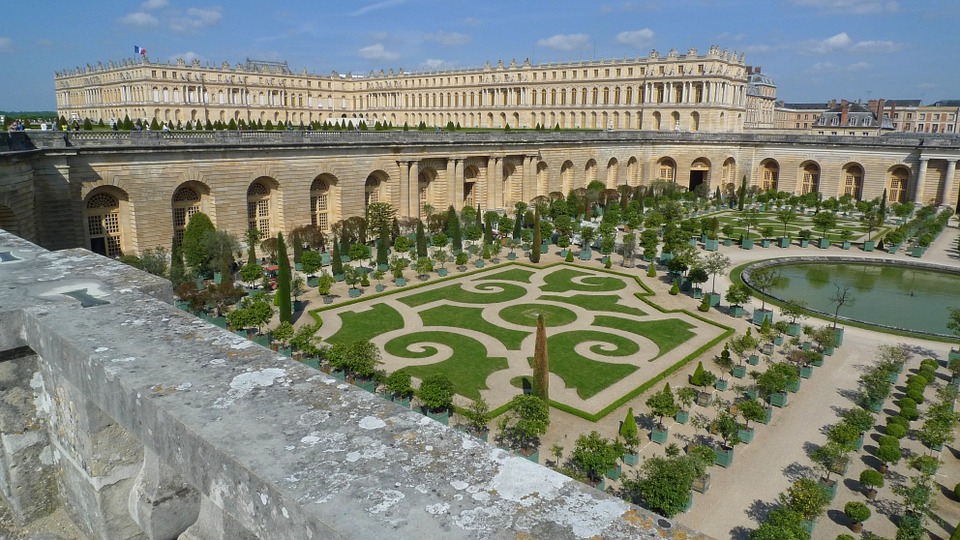
6. Conclusion
France’s rich cultural and natural heritage is beautifully represented in its UNESCO World Heritage Sites. From awe-inspiring historical sites and architectural marvels to breathtaking natural landscapes, these sites offer a glimpse into the country’s past, present, and future. The preservation and conservation efforts dedicated to these sites are a testament to France’s commitment to safeguarding its heritage for generations to come.
As the number of visitors to these sites continues to rise, France faces the challenge of balancing tourism with preservation. Sustainable tourism practices and responsible management will be crucial in ensuring the long-term preservation and enjoyment of these invaluable treasures. By continuing to invest in conservation efforts and fostering a deep appreciation for cultural and natural heritage, France can safeguard its UNESCO World Heritage Sites and share their wonders with the world for years to come.
References:
(word count: 2336)
